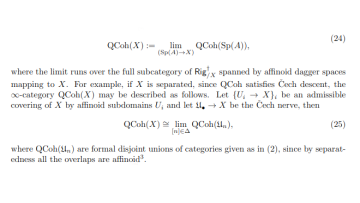Our new short film series 'Show Me the Maths' doesn't beat about the mathematical bush. It gets right down to it. Down, that is, to the maths, in all its crucial, complex, sometimes incomprehensible (even to other mathematicians) guises. It's what mathematicians do.
The series will feature research in Number Theory, Mathematical Biology and the History of Mathematics, amongst others. First up: Arun Soor.



